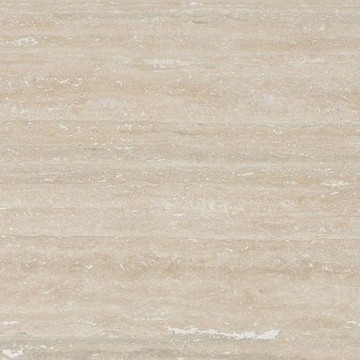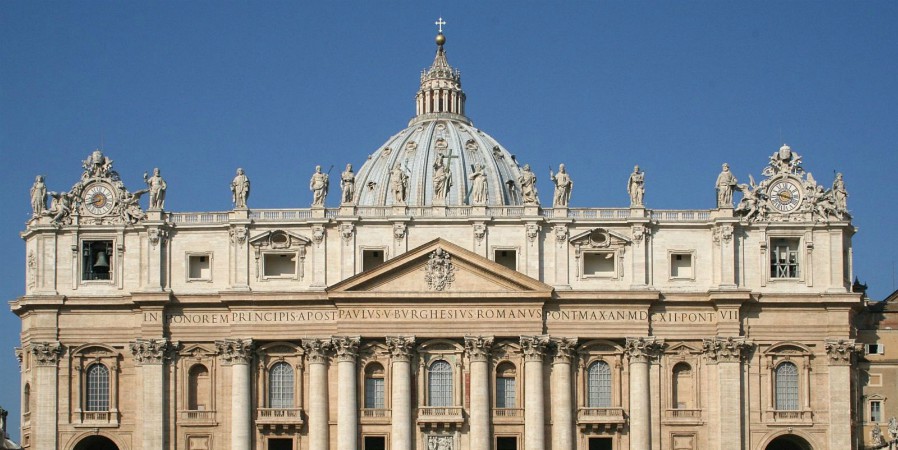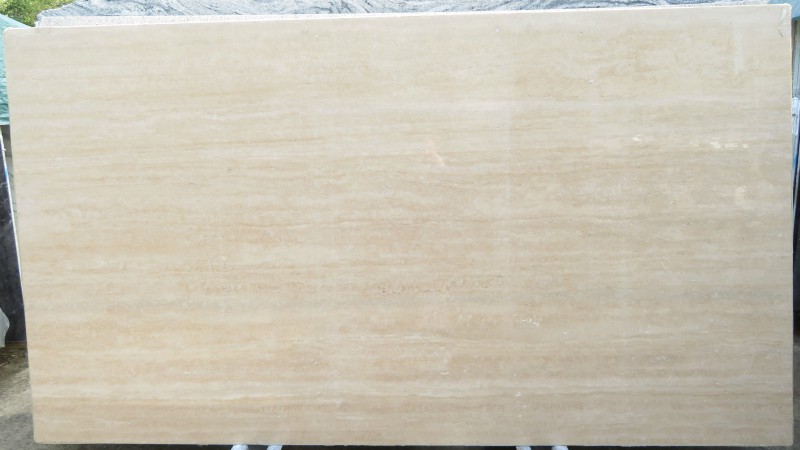Roman Travertine

Roman Travertine is normally the first thought which enters one mind when they hear the word ‘Travertine’. This creamy white stone was used to build large parts of Rome. And can be found in large supply amongst the hills to the North East of the Italian capital in the town of Tivoli.
The hills which surround Rome are ancient volcanoes, they heated hot springs which flooded large areas of the surrounding countryside. The result of this was the deposit of this well-known and highly coveted Travertine.
It is not uncommon to see this cream stone referred to a few different names. These include ‘Classic Roman Travertine’, ‘Travertino di Tivoli’ and in Ancient Rome it was known as ‘marmor Tiberinus’.
The first use of Roman Travertine was in the construction of ornaments. However, by 100 AD, it become one of the most used materials in the construction industry. The reason for this was due to the stones properties. It was soft and easy to shape when freshly quarried but became harder and more durable once exposed to the elements.
A prime example of the durability of Roman Travertine is displayed by one of the most famous pieces of architecture in the world, ‘The Roman Colosseum’1. This iconic part of the Roman landscape was built between 70 and 80 AD. It was built using more than 1000 cubic metres of Roman Travertine extracted from the ‘Barco quarry’. This quarry is situated on the banks of the ‘River Aniene’ which is close to Bagni di Tivoli.
This is not the only iconic Roman building constructed in this beautiful cream travertine. Saint Peter’s Basilica2 (pictured below) was also built in this material. The stone for this piece of architecture was extracted from the ‘Le Fosse quarry’.
In modern times, there are many Roman Travertine quarries which are spread across the Tivoli and Guidonia basin3.

Roman travertine is generally a creamy white colour, but can have very light brown appearance in some cases. Depending on the method of cutting used on the travertine block, distinct layering can be seen. Cross-cut Roman Travertine will have less layering whereas vein cut travertine will have more. Normally this travertine will have a spongy appearance although some blocks of this stone can have a more compact appearance.
The little bubbles you see in this surface of this travertine are gas bubbles or where plant materials once existed and have since decayed in the mud of the hot springs where this travertine formed. When Roman travertine is extracted these small holes are filled with epoxy resin to provide a more suitable surface for polishing.
This beautiful cream travertine can be seen used in a wide range of applications. Any trip to Rome will show an abundance of buildings in this material. But it can also be seen in London at the British library where it adorns the lower walls of the foyer and stair cases. And in the Lincoln Centre of New York.
In households, it can be seen used for travertine worktops, cream travertine tiles and the construction of luxury furniture. No matter how you decide to use this material from a travertine dining table to travertine flooring.
With Roman travertine, you are guaranteed a beautiful stone with an amazing history which will bring a smooth, light and spacious feel to any building or room in which it is used.

Products in this Material